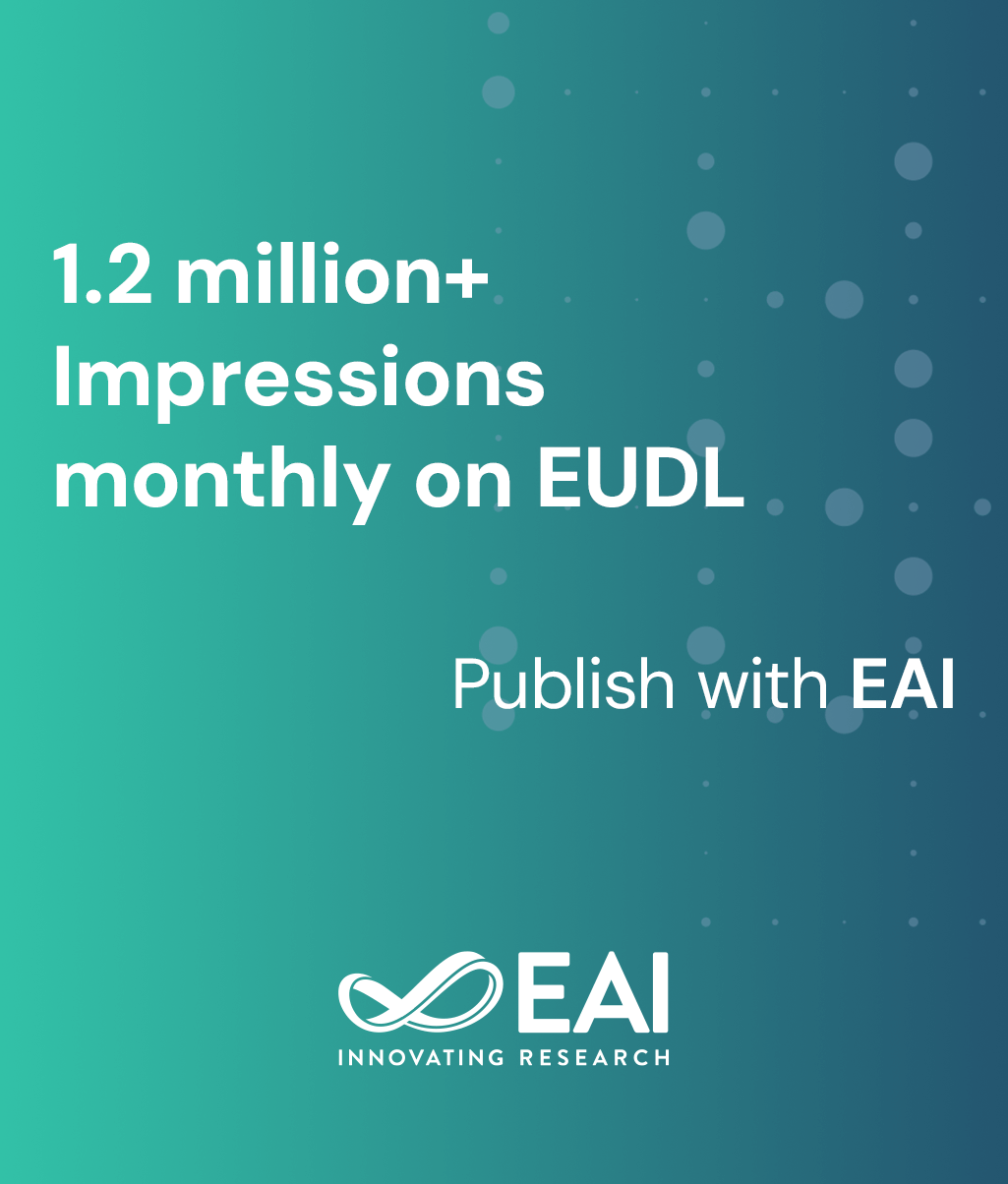
Editorial
Research on intelligent detection method of new energy vehicle power battery based on improved ViBe algorithm
@ARTICLE{10.4108/ew.7304, author={Lei Gu}, title={Research on intelligent detection method of new energy vehicle power battery based on improved ViBe algorithm}, journal={EAI Endorsed Transactions on Energy Web}, volume={12}, number={1}, publisher={EAI}, journal_a={EW}, year={2025}, month={3}, keywords={Battery State Detection, ViBe algorithm, New Energy Vehicles, Ghosting Effects, Battery Management System, Safety Monitoring}, doi={10.4108/ew.7304} }- Lei Gu
Year: 2025
Research on intelligent detection method of new energy vehicle power battery based on improved ViBe algorithm
EW
EAI
DOI: 10.4108/ew.7304
Abstract
Background: Traditional foreground detection methods for new energy vehicles using the ViBe algorithm often suffer from ghosting effects, which can obscure the accurate detection of moving targets. Aims: This study enhances foreground detection accuracy by addressing ghosting issues in the ViBe algorithm and improving the battery pack state detection system for new energy vehicles. Method: The method includes analyzing global light changes before foreground detection and updating the background model using the three-frame difference method. The system integrates hardware and software to process data with the ViBe algorithm, measuring voltage from twelve 18650-type lithium batteries. Results: The battery management system prototype exhibits an absolute measurement error within -1.2 mV compared to the high-precision multimeter. The system maintains measurement accuracy across varying temperatures, demonstrating effective environmental adaptability. Conclusion: The enhanced system successfully reduces ghosting in foreground detection and provides reliable battery state monitoring. It is robust under extreme conditions, contributing to improved diagnostic capabilities and enhanced traffic safety.
Copyright © 2025 L. Gu et al., licensed to EAI. This is an open access article distributed under the terms of the CC BY-NC-SA 4.0, which permits copying, redistributing, remixing, transformation, and building upon the material in any medium so long as the original work is properly cited.


